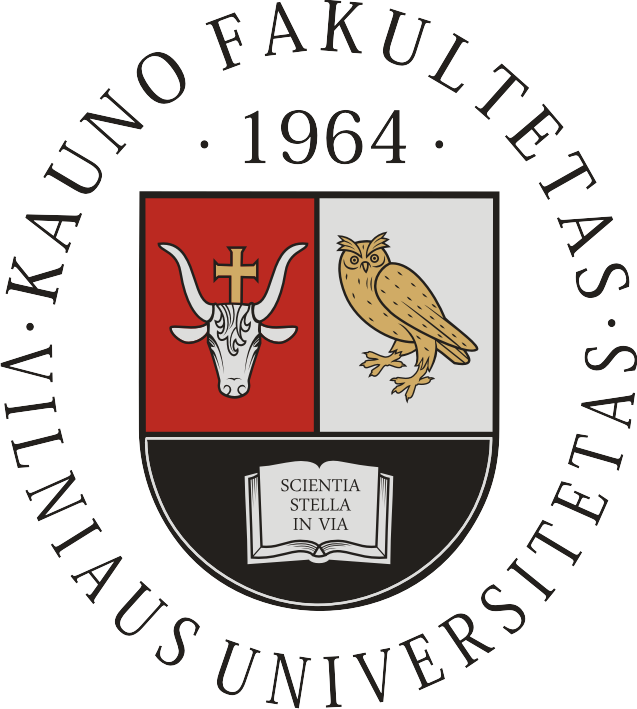Transformations in
Business & Economics
- © Vilnius University, 2002-2021
- © Brno University of Technology, 2002-2021
- © University of Latvia, 2002-2021
Article
SUSTAINABILITY ASSESSMENT OF NATIONAL PARKS
Vygaile Asmantaite, Rimantas Dapkus, Vesna Karadzic, Elena Korneeva, Saghir Pervaiz Ghauri
ABSTRACT. The aim of this article is to perform a multi-criteria assessment of the sustainability of Lithuanian national parks. The multi-criteria assessment method SAW is suitable for the assessment of the sustainability of national parks. The main advantage of such an approach, such as simplicity and suitability for the sustainability assessment of national parks as a tourist destination and its comparison with the sustainability assessments of other tourist destinations according to the specified criteria, was substantiated by Schianetz and Kavanagh (2008) as well as Velasquez and Hester (2013). Three main sustainability dimensions were addressed during the assessment: economic, social, and environmental.
Aukstaitija National Park is the best rated in Lithuania in terms of overall sustainability. In terms of ecological sustainability, Dzukija National Park was rated the best, in terms of social sustainability - Trakai Historical National Park, which was also rated the best in terms of the economic component of sustainability. After the sensitivity analysis of the sustainability of Lithuanian parks, the sustainability of the Aukstaitija National Park is the highest not only in terms of the overall assessment but also in terms of such assessments when the social and economic components of sustainability are the most important. Only according to the nature protection component, the sustainability of Dzukija National Park is assessed as the best. Thus, after performing the sensitivity analysis, it can be concluded that the most sustainable in Lithuania is the Aukstaitija National Park, especially the aspects of economic and social sustainability
.
KEYWORDS: values, commitment, culture, Estonia, Germany, Greece and Romania.
JEL classification: H4 ; Q01 ; Q2.

